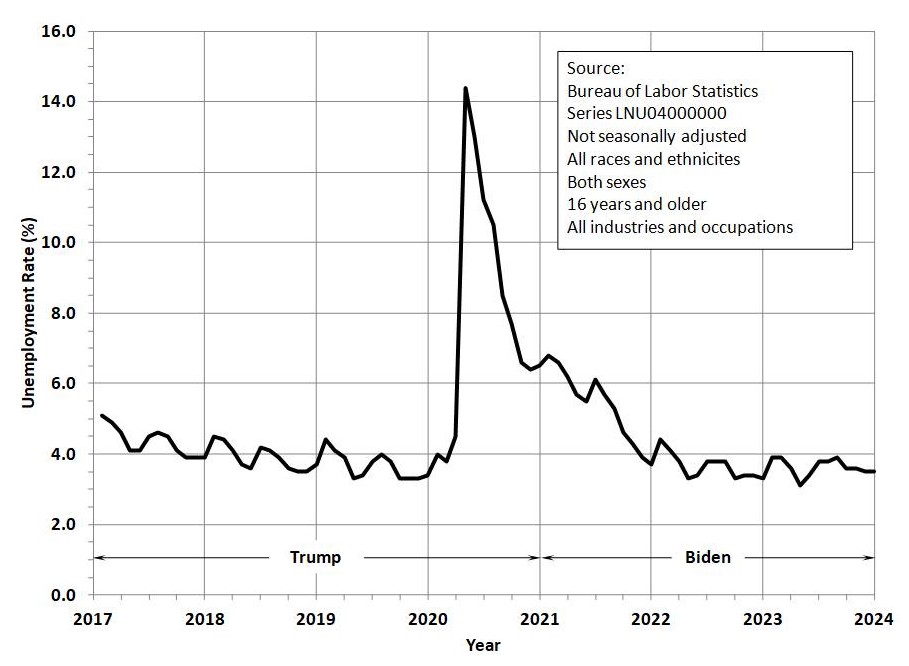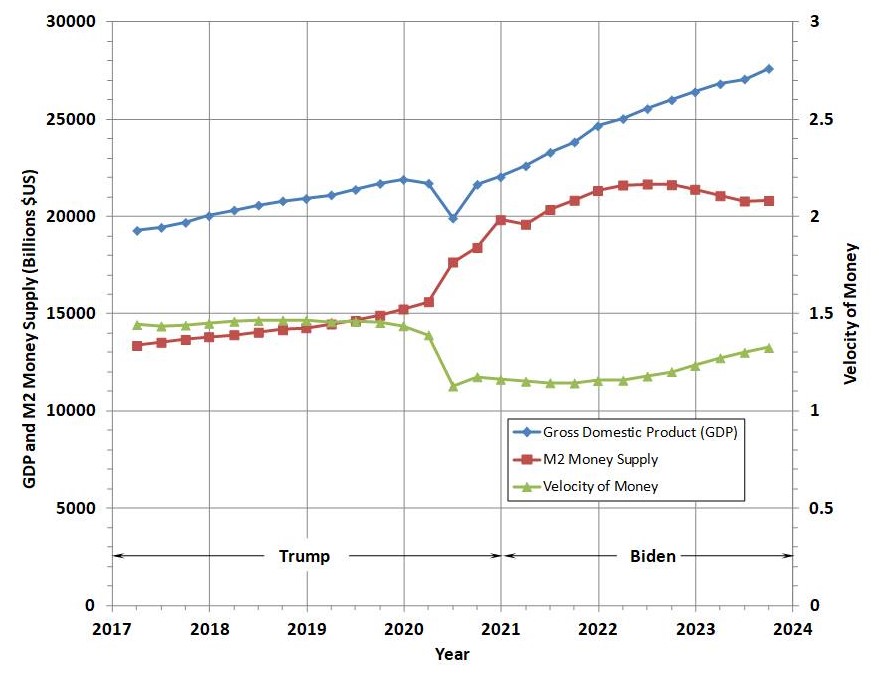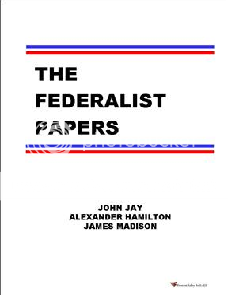Since the third installment (16 Jan 2024), Governor DeSantis has left the Republican presidential campaign just prior to the New Hampshire primary; he endorsed Mr. Trump. Governor Hutchinson ended his campaign immediately after the Iowa caucus. Their exit leaves Governor Nikki Haley as the main rival to Mr. Trump and she now has what she always wanted: a two-person race. Mr. Trump defeated Governor Haley in the New Hampshire primary by a margin of 55 to 44.
This fourth installment discusses the Democratic Party’s approach to energy policy during the campaign.
The Biden administration adopted energy policies that reversed all of Trump’s policies. Trump’s policy was overall energy independence via domestic production, which was achieved for the first time in 2019, accomplished partly by moderating regulation and partly by innovations in the energy industry. The U. S. has remained a net energy exporter since 2019; “energy” in this context including oil, natural gas, and refined products. Biden’s first energy policy was to reverse Trump’s oil production policy: Biden decreased production by reducing the amount of federal land that could be leased; and also imposed greater regulations on private leases. This initially caused a drop in supply and thus an increase in prices especially as the Wuhan virus faded. That in turn had two effects. First, the increase in oil prices made oil production very profitable for Russia, which permitted Russia to finance its war against Ukraine. Secondly, Biden’s policy increased the domestic cost of energy, which increased the costs and prices of most consumer goods in the U. S. This contributed to what is commonly called “inflation” and the increase in the Consumer Price Index (cost of living), as shown previously in Part 3.
Domestic crude oil production has since increased even higher than pre-pandemic levels, owing to efforts made by the oil and gas industries. Figure 4-1 shows the overall domestic crude oil production, imports, and exports for the period 2015 to 2022.

Figure 4-1: Crude Oil Domestic Production, Imports, and Exports, 2015-2022
Biden’s second energy policy was to end construction of the various pipelines what would have brought Canadian oil to the U. S. and thus would have lowered prices. That has led to a stagnation in the oil imports from Canada (our friendly reliable neighbor), and has increased imports from other nations not-so-friendly. Figure 4-2 shows a sample of how oil imports have changed in the past 9 years; notice that imports from Russia increased dramatically 2021, until the invasion of Ukraine. Imports from Venezuela resumed in 2023 after a three-year hiatus; we have even begun to import oil from Iran (albeit a small amount).
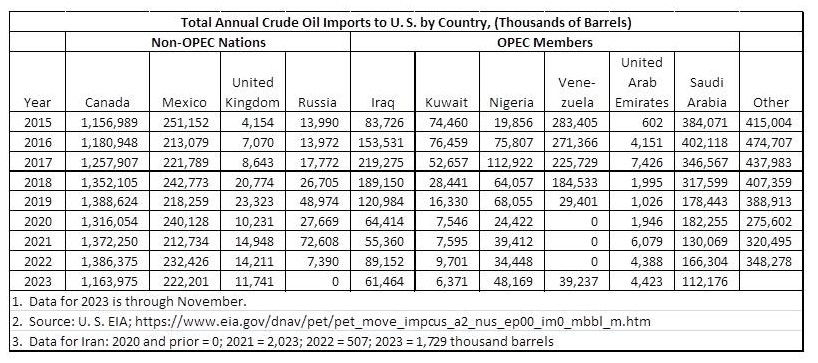
Figure 4-2: Oil Imports from Selected Nations, 2015-2023
Biden’s first two policies caused an overall increase in crude oil prices at a time when domestic demand was rising as the nation came out of the Democrat-inspired depression during the Wuhan virus pandemic. Figure 4-3 shows the average price of crude oil between 2017 and 2023. The average price per barrel from Jan 2017 to Feb 2020 (i.e., the Trump administration prior to the Wuhan virus) was $60.67. The average price between Mar 2021 and Nov 2023 (i.e., the Biden administration after the Wuhan virus) was $84.04. The resulting increase in oil prices proved beneficial to Russia; at $50 to $60 per barrel, Russia can break even; at $85 per barrel, he can afford to begin and continue the war in Ukraine. Thus the Biden energy policy was an indirect cause of a foreign policy problem, which he has thus far failed to mitigate.
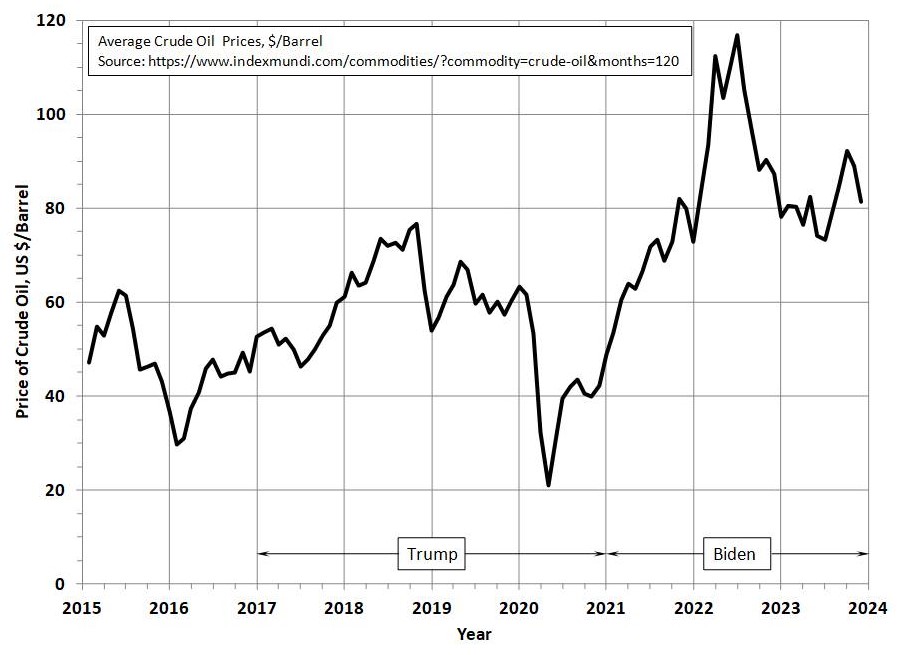
Figure 4-3: Average Crude Oil Price, $/Barrel, 2015-2023
Naturally the increase in crude oil prices increased the retail prices of gasoline and diesel, as shown on Figure 4-4. Note that these are nationwide averages; a few States have very low excise taxes on fuels and some (such as New York and California) have very high taxes. There was a time in the summer of 2022 when California residents were faced with gasoline prices upwards of $6.50 per gallon.
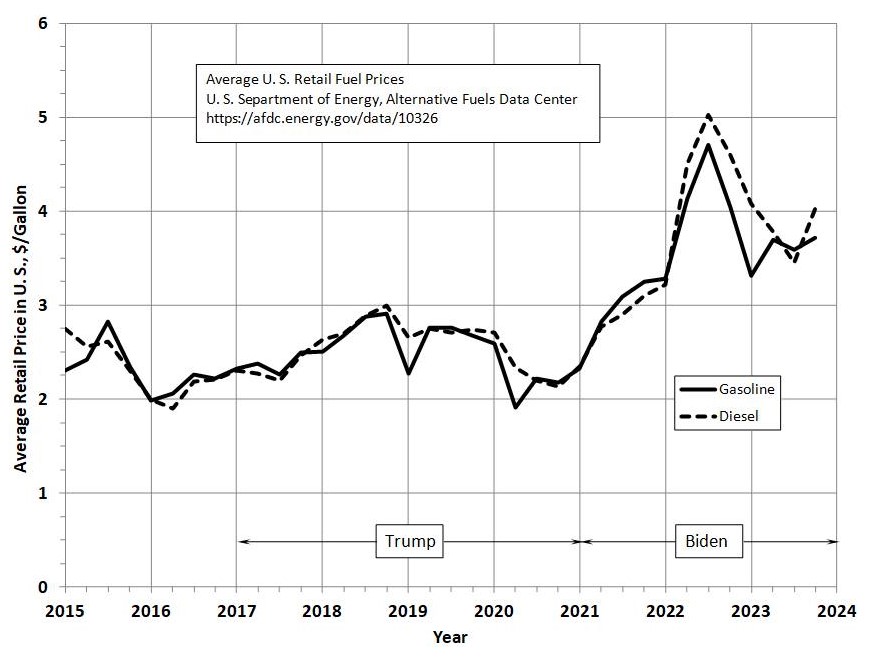
Figure 4-4: Average Retail Prices of Gasoline and Diesel, 2015-2023
Biden’s third policy was to deplete the Strategic Petroleum Reserve (SPR) in an effort to mitigate the first two. Figure 4-5 shows the status of the Strategic Oil Preserve between 2015 and 2023. It does not appear that his reduction in the Reserve made much difference in the retail price of fuels. Here we have a reduction in a supply reserved for emergencies that accomplished nothing. The Biden administration has recently begun to replenish the SPR, but no schedule has been published to indicate when it will be back to the previous levels under Presidents Obama and Trump.
Biden’s fourth energy policy was to promote legislation to increase subsidies for electric cars in order to “save the planet”. We are discovering the hard way that electric cars are not ready for prime time. First, they are difficult to maintain and are less reliable in very hot and very cold climates (i.e., the desert Southwest in the summer, and the entire northern part of the U. S. in the winter). Secondly, they generally cost more than gas-powered cars. Third, it is difficult to travel long distances due to the scarcity of charging stations and the time required for a re-charge. Fourth, an efficient home charging system may cost up to $3,000; an extra expense not necessary with gas cars. Fifth, it is risky to buy a used EV because the remaining battery life cannot be accurately estimated. The major auto manufacturers now realize that the public doesn’t want them regardless of the subsidies, and they are incurring large losses on production. You can be certain that those car manufacturers will be bailed out for their losses, since they increased production at the instigation of the federal government. Thus another expense for the taxpayers with no benefit realized.
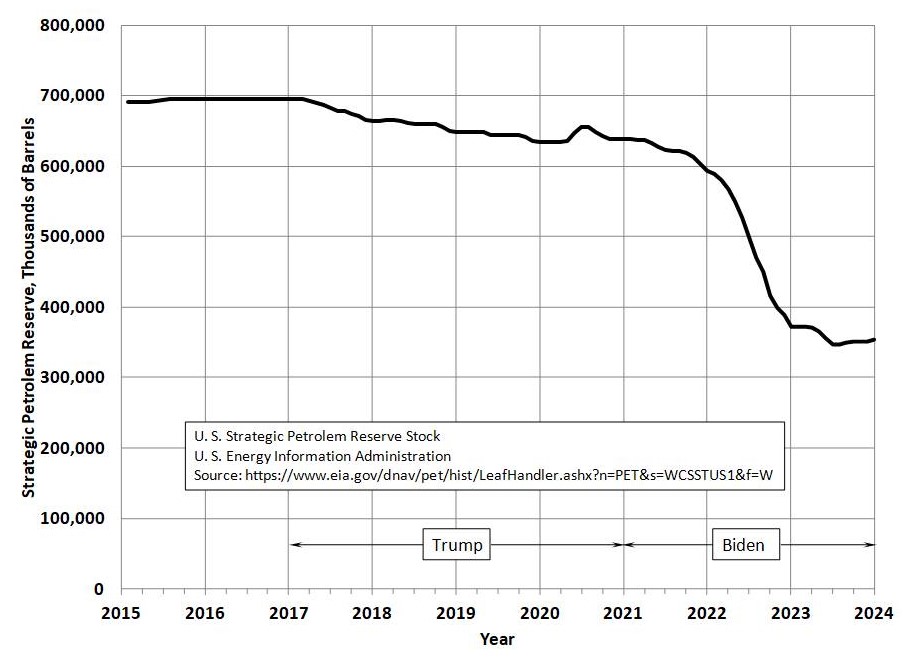
Figure 4-5: Volume of Strategic Oil Reserve, 2015-2023
So the Democratic Party’s plan for the election can be summarized in a few points. First, Biden will use every trick he can to subsidize gasoline, including another depletion of the Strategic Oil Reserve. Biden can then falsely claim that “gas prices are down 30% since their peak in 2022”, conveniently ignoring the fact that the Biden administration’s policies caused them to increase from $2.25 per gallon to $5.00 per gallon in 2022. Second, the increase in oil prices and retail gasoline will be blamed on “price-gouging” by the evil sinister oil companies, “corporate greed” in general, and the “COVID-19 emergency”. Third, the continuing demand for gas cars and rejection of the electric vehicles will be blamed on those “insurrection-supporting” Republicans who selfishly refuse to give up their traditional (i.e., reliable) cars. Fourth, the Democratic candidates will claim that all is well: domestic energy production has increased; that Democratic polices are “saving the planet,” and the price of gas is lower than its peak. Thus the “catastrophe caused by Trump” has been mitigated by the superior policies of the Democrats; the “America First” movement was inherently wrong and it is now a bad memory. Thus, the future looks better than ever as soon as Democrats secure the elections. The Democrats will say it; the mainstream media, academia, Hollywood, and the social media empires will continuously chant it, and the federal bureaucracy will confirm it. The people will believe it and vote accordingly … unless the Republicans find a backbone and figure out how to counter this political propaganda.

